Finding the perfect artwork for your home can be tricky. One option that stands out is modern Arabic calligraphy. This article will guide you through its beauty, styles, and uses in decor.
Get ready to explore an art form that combines tradition with contemporary flair.
Defining Modern Arabic Calligraphy
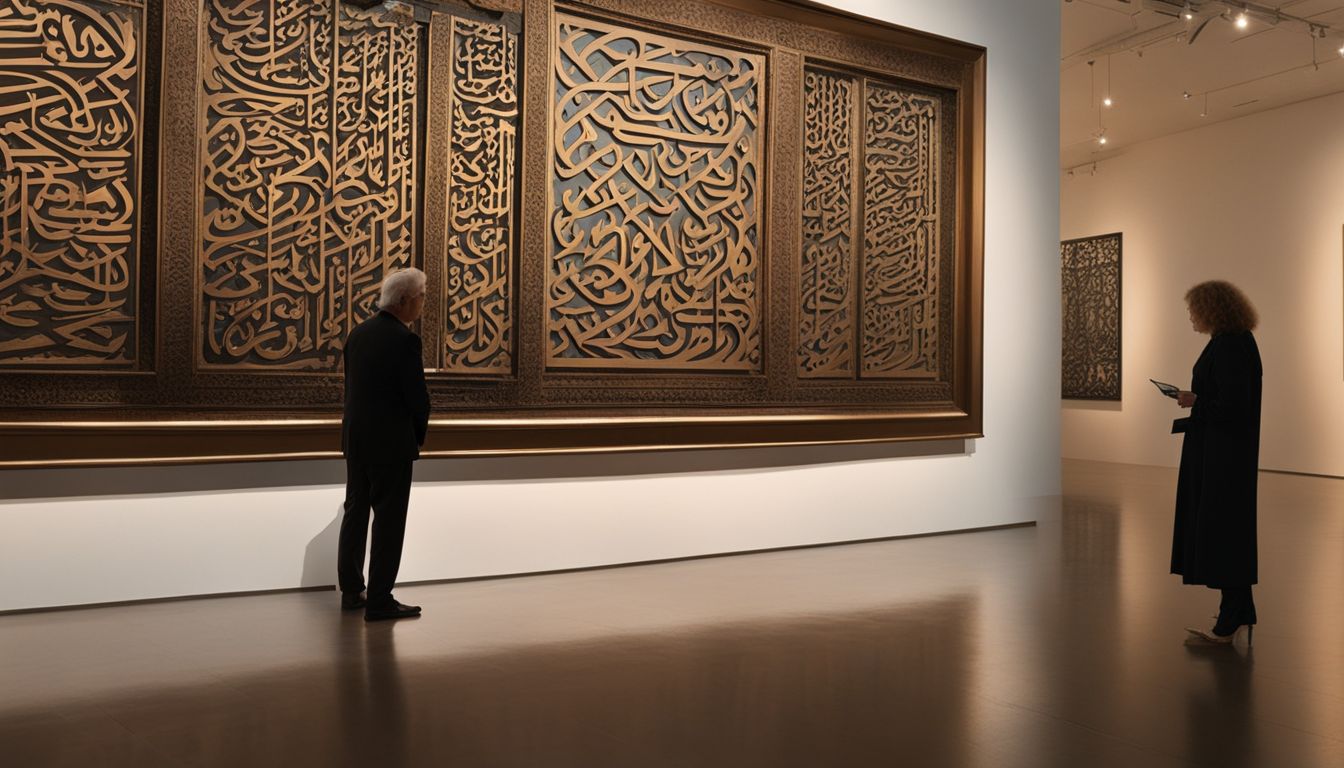
Moving from an introduction to the intricate world of modern Arabic calligraphy, we find a refreshing blend of tradition and innovation. This art form extends beyond ancient scriptures to embrace various artistic expressions such as paintings, sculptures, and even digital prints.
Artists from countries like Pakistan and the UAE play a significant role in bringing this vibrant artistry to life. With over 5,000 items related to modern Arabic art listed on platforms like Etsy, it’s clear that the appreciation for this cultural expression is widespread.
Modern Arabic calligraphy paints with words using sacred texts such as Al-Fatiha and phrases like Bismillah or Allahuakbar, turning them into visually stunning pieces that resonate deeply within Islamic culture.
It ventures into new territories with its application on materials far removed from traditional parchment; today’s artists experiment with metalwork, glass art, and photography. Each piece tells a story, connecting viewers back to spiritual foundations while celebrating contemporary aesthetics.
Key Styles in Modern Arabic Calligraphy
Modern Arabic calligraphy encompasses various styles that express the beauty and complexity of the language. These styles are revered for their intricate details and unique visual appeal in contemporary artistry.
Thuluth
Thuluth holds a significant position in the contemporary domain of Arabic calligraphy, impressing viewers with its refined curves and dominant vertical strokes. This style is regularly picked by artists when inscribing verses from the Quran or meaningful Islamic expressions like “basmalah” and “tasmiyah.” The script’s unique fusion of beauty and intricacy has made it a preferred choice for calligraphers looking to merge conventional artistry with today’s aesthetics.
Its flexibility enables imaginative depictions on diverse materials, positioning Thuluth as a flexible option for artists and lovers of Islamic art alike.
Encountering Thuluth elucidates its detailed patterns—a fusion of age-old traditions integrated into present-day designs. Calligraphers dedicate years to perfecting the exact movements needed to draft each letter flawlessly, demonstrating their commitment to the preservation of cultural heritage while accepting contemporary trends.
This script permeates its presence onto various mediums in mosques and residences, functioning as more than just an ornament but as a source of motivation for those contemplating its profound spiritual implications.
Via Thuluth, artists establish a bond with audiences by communicating messages of faith and beauty embedded within each stroke.
Diwani
Diwani style has emerged as a striking form of Arabic calligraphy developed during the reign of the Ottoman Empire. Its popularity stems from its application in official documents and artistic creations.
The script is recognized via its intricate curves and closely intertwined letters, seemingly resembling a puzzle. Consequently, artists often opt for Diwani in ornamental pieces featuring significant phrases from notable Islamic texts like Al Fatiha or Ayat ul kursi.
Art creations that feature Diwani script, especially those crafted by Hina Ambreen and Fareeda Shanavas, have a high demand. For example, Hina Ambreen’s composition showcasing Ayat ul kursi spans 36 inches in width by 18 inches in height and has a price tag of $890.
On the other hand, Fareeda Shanavas presents her rendition which spreads 23.6 inches wide by 35.4 inches high, priced at $3,240. These works of art demonstrate the aesthetically detailed designs achievable with Diwani and also bear profound spiritual meaning for numerous Muslims globally, resulting in these pieces being valued additions in residences and religious establishments close to famous sights such as the Al-Aqsa mosque.
Kufic
With its roots dating back to the 7th century, Kufic is one of the oldest styles of Arabic calligraphy. Recognized for its angular and geometric form, this style has been influential in shaping modern Arabic calligraphy artistry.
The Kufic style is characterized by bold lettering with minimal curves, often evoking a strong sense of spirituality and tradition. This ancient script has found new life in contemporary art forms such as metalwork and glass art, adding a timeless touch to modern creations.
Influential Materials and Mediums
Influential materials and mediums like metalwork, glass art, and digital prints play a significant role in modern Arabic calligraphy. These materials allow artists to express traditional scripts in contemporary settings.
For more on this fascinating subject, continue reading the full article.
Metalwork
Metalwork is an essential part of modern Arabic calligraphy art. It involves the detailed crafting of calligraphic designs on various metal surfaces, adding an aura of elegance and sophistication to the artwork.
Recently, metalwork has become popular as a preferred medium for displaying Arabic calligraphy due to its durability and striking visual appeal. For example, remarkable pieces like the Shiny Large Metal Ayatul Kursi Islamic Wall Art at $91.65 (35% off) and the Metal Bismillah Wall Art at $79.80 (40% off) demonstrate the charm of calligraphic expression on metallic canvases.
Metalwork plays a crucial role in transforming traditional calligraphy into modern home decor elements that seamlessly blend cultural heritage with contemporary aesthetics. The incorporation of metal-based Arabic calligraphy in home decor items not only mirrors artistic finesse but also serves as a unique statement piece that embodies the essence of modern Arabic calligraphy artistry.
Glass Art
Glass art plays a significant role in modern Arabic calligraphy, adding an elegant touch to the intricate designs. This unique form of artistry creates captivating decorative pieces and wall displays that showcase the beauty of Arabic script.
Customized glass art pieces, such as glass wall art and decorative objects, are available at discounted prices, making it accessible for individuals seeking to adorn their homes with tailored accents.
The incorporation of glass into modern Arabic calligraphy not only enhances aesthetic appeal but also reflects the continuously evolving nature of this cultural tradition.
Customized Glass Art – $84.00 (was $280.00, 70% off).
Glass Wall Art – $70.00 (was $280.00, 75% off).
Digital Prints
Digital prints play a pivotal role in making modern Arabic calligraphy accessible to a wider audience. With options like abstract Arabic calligraphy art prints available at a 25% discount for $4.65, these digital downloads are cost-effective and convenient.
For example, one can also acquire personalized name Arabic calligraphy digital downloads for just $6.00, facilitating individuals in personalizing their spaces with meaningful artwork.
In the world of modern Arabic calligraphy, digital prints not only make this art form more economical but also enable enthusiasts to seamlessly incorporate it into various decor elements such as wall art and decorative objects.
These prints offer a way for individuals to embrace the beauty of Arabic calligraphy while customizing their living spaces for cultural appreciation and personal expression.
Modern Arabic Calligraphy in Home Decor
Incorporating modern Arabic calligraphy into home decor adds a unique touch of cultural elegance. By integrating this art form, one can create visually stunning and meaningful elements within their living spaces.
Wall Art
Modern Arabic calligraphy has made a significant impact on home decor, with wall art being a prominent feature. Pieces like the limited edition Palestine Wall Art featuring Al-Aqsa Mosque at a discounted price of $90.75 have gained popularity among art enthusiasts.
The digital download poster “Oh ALLAH the Beauty in their Eyes” also showcases modern illustration that can be framed as stunning wall art for only $11.87. These offerings exhibit the versatility and accessibility of modern Arabic calligraphic pieces, making it an integral part of contemporary interior design.
The utilization of modern Arabic calligraphy in various forms of home decor highlights its relevance and appeal to individuals seeking unique and culturally rich artistic additions to their living spaces, creating captivating visual focal points that effortlessly blend heritage with modern aesthetics.
Next: Decorative Objects
Decorative Objects
Moving from wall art to decorative objects, Modern Arabic calligraphy gracefully enters our homes through a variety of ornamental pieces. Decorative objects such as intricately designed metal Islamic wall clocks and vibrant metal wall art with tulip shapes bring an elegant touch to any living space while commemorating the beauty of Arabic calligraphy.
These inspiring creations are not just visually appealing but also function as tangible expressions of culture, welcoming admiration and appreciation for the art form.
The Kalima Shahada Metal Islamic Wall Clock and Ayatul Kursi Tulip Shaped Vibrant Metal Wall Art offer a mere glimpse into the captivating world of modern Arabic calligraphy-infused decorative objects, seamlessly blending cultural heritage with contemporary aesthetics, providing a firsthand encounter in embracing this timeless artistry at home.
The Cultural Significance of Arabic Calligraphy
Arabic calligraphy holds the cultural significance and spiritual elements while also exerting contemporary influence. It is crafted to enrich not just the visual sphere but also provides a personalized insight into the intricacies of Islamic artistry.
Spiritual Elements
Modern Arabic calligraphy is intimately connected with spiritual elements, playing a central role in Islamic art and culture. The beautiful script of the Quranic verses and religious texts is adorned with intricate designs, reflecting the profound influence of spirituality on this art form.
Arabic calligraphy artists infuse their work with divine inspiration, creating a captivating fusion of visual aesthetics and religious devotion. This deep connection to spiritual themes resonates with art enthusiasts and collectors seeking profound cultural and spiritual significance embodied in modern Arabic calligraphy, going beyond mere decoration.
The next heading explores the contemporary influence of this ancient art form, shedding light on its continued relevance in today’s world.
Contemporary Influence
Contemporary Arabic calligraphy has emerged as a powerful force in the art and design realm. It not only graces the walls of galleries but also finds its place on everyday items, such as clothing and home decor.
The fusion of traditional calligraphy styles with modern mediums like metalwork and digital prints has resulted in stunning pieces that captivate audiences globally. Artists like Yasir Azeemi are creating unique works that showcase the versatility of Arabic calligraphy, making it accessible to a broader audience.
This contemporary influence is evident in the increasing demand for customized calligraphy pieces as well as their integration into popular culture, from fashion to interior design.
Artists have embraced modern Arabic calligraphy to enrich various forms of expression, infusing deep cultural meaning with innovative techniques. Discover how this ancient art form is reshaping cultural narratives and resonating far beyond its origins.
Conclusion
Modern Arabic calligraphy artistry captivates through its diverse styles and mediums. From metalwork to wall art, the art form stands as a testament to cultural significance and contemporary influence.
The spiritual elements intertwine with the contemporary realm, creating a captivating tapestry of expression. Modern Arabic calligraphy adorns home decor and reveals the secrets of a consistently evolving artistic world.
Its intricate designs and rich heritage continue to enrich our surroundings with elegance and meaning.
FAQs
1. What is the role of keffiyeh in Arabic calligraphy artistry?
The keffiyeh, a traditional Arabic headscarf, often features intricate designs inspired by Arabic calligraphy artistry.
2. Can you find the waw letter in modern Arabic Calligraphy Art?
Yes, ‘waw’ is a common letter in Arabic and can be found beautifully crafted in many pieces of modern Arabic calligraphy art.
3. How does modern Arabic Calligraphy Art differ from traditional forms?
Modern artists often blend elements like the keffiyeh pattern and letters such as ‘waw’ with contemporary design techniques to create unique works of art.
4. Is it challenging to learn how to write ‘waw’ or other letters in the style seen on a keffiyeh?
While it requires practice and skill, learning to write ‘waw’ or other letters as seen on a keffiyeh can be an enriching experience for those interested in exploring the beauty of modern Arabic calligraphy artistry.
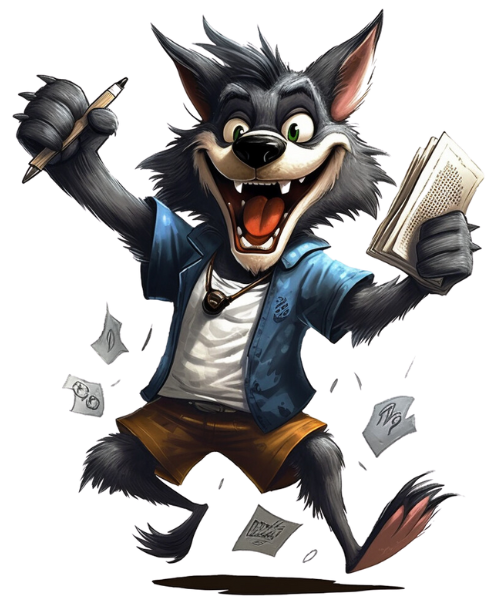
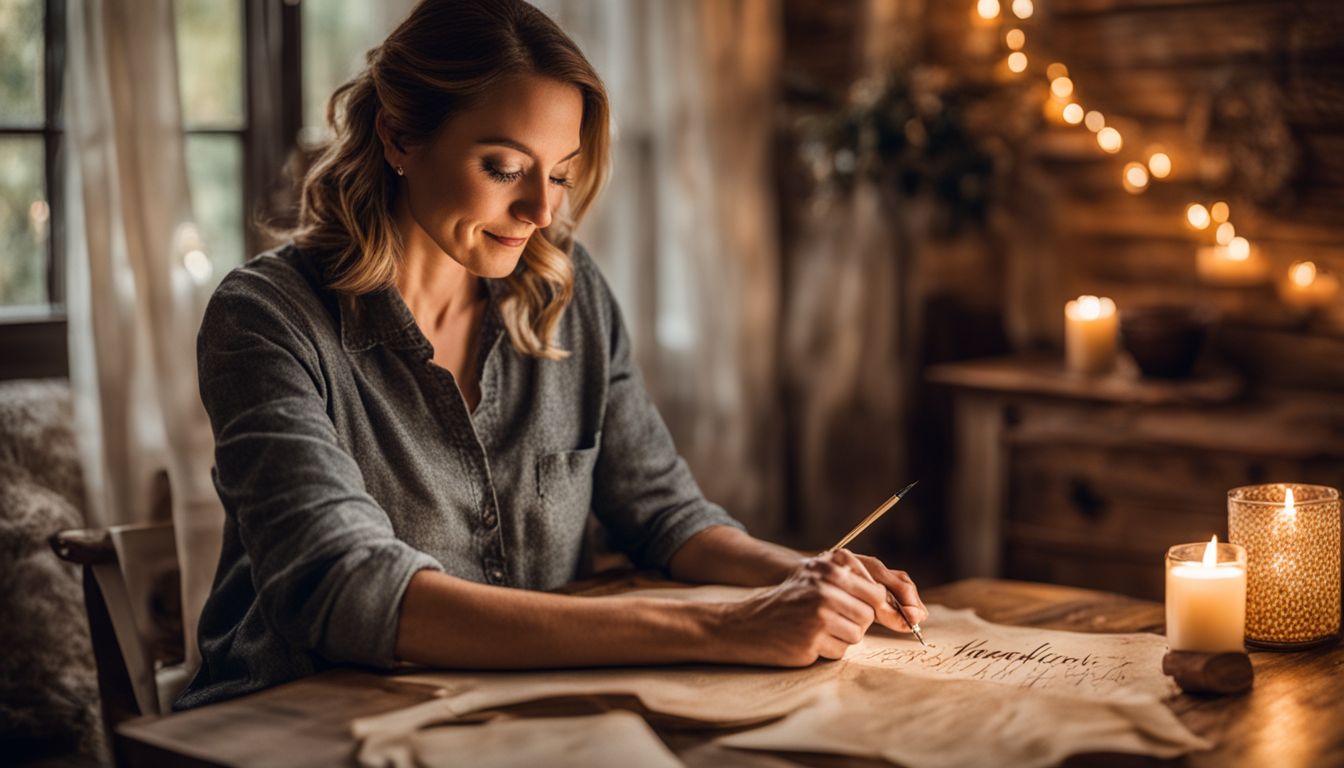
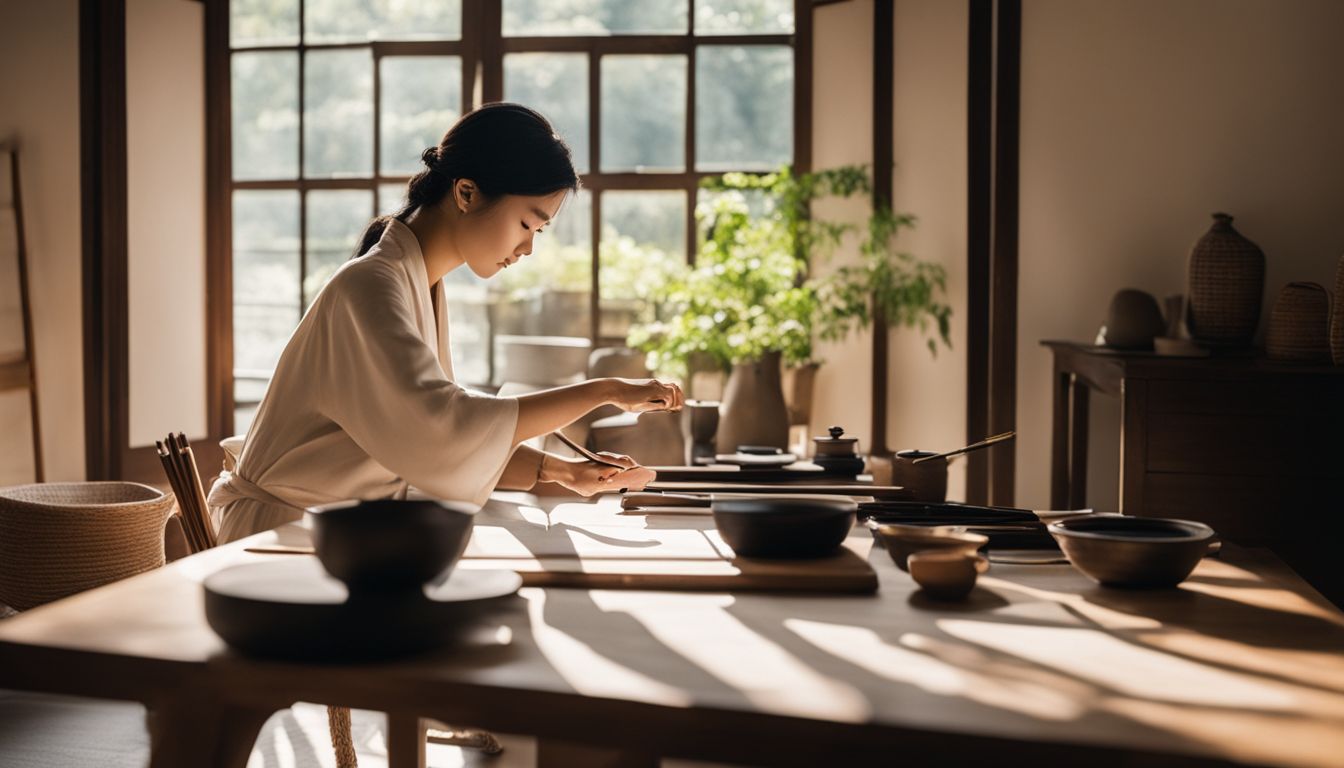
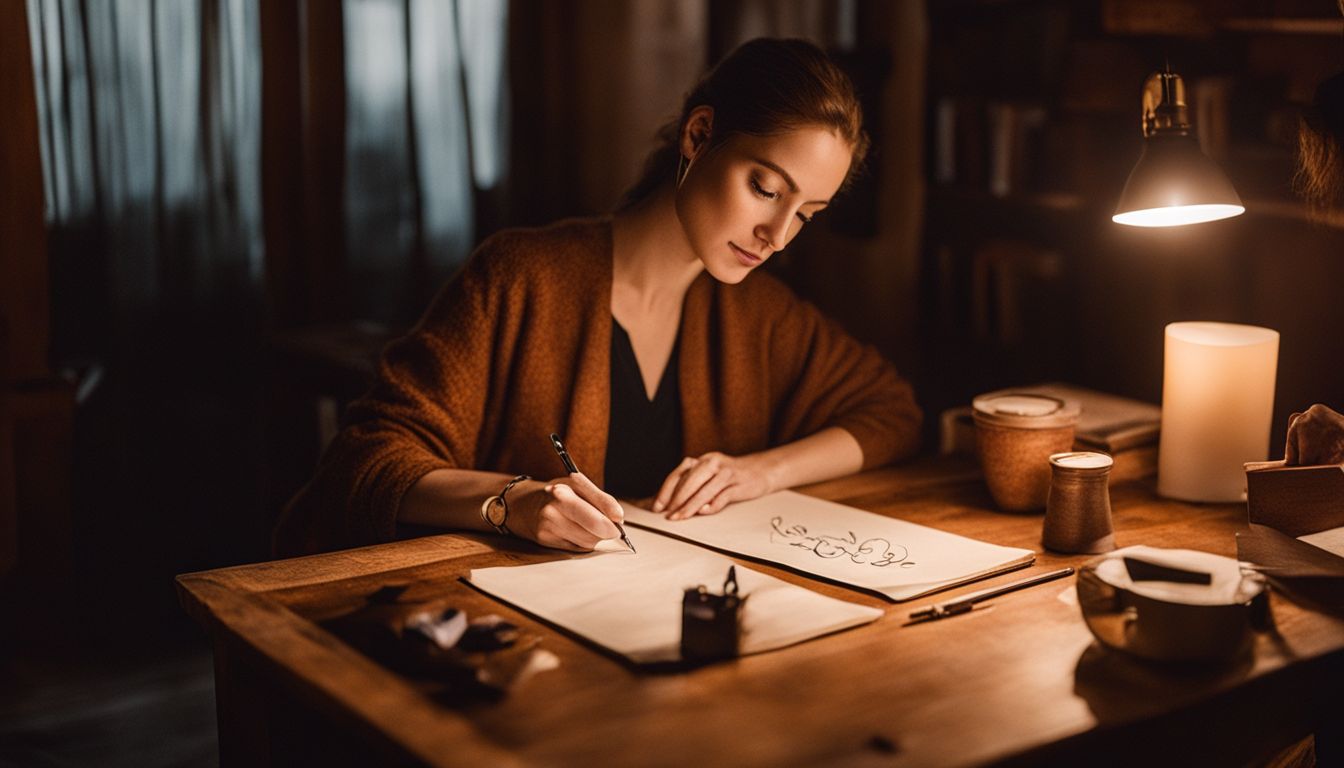
Leave a Reply
You must be logged in to post a comment.